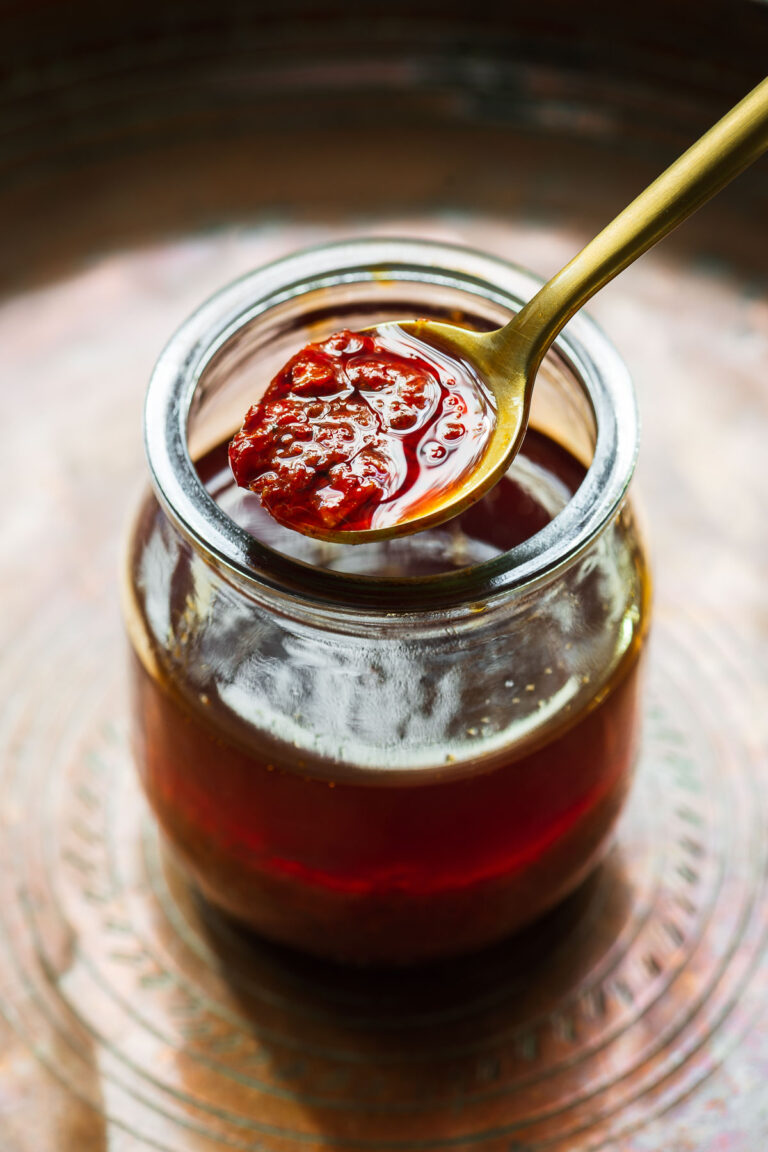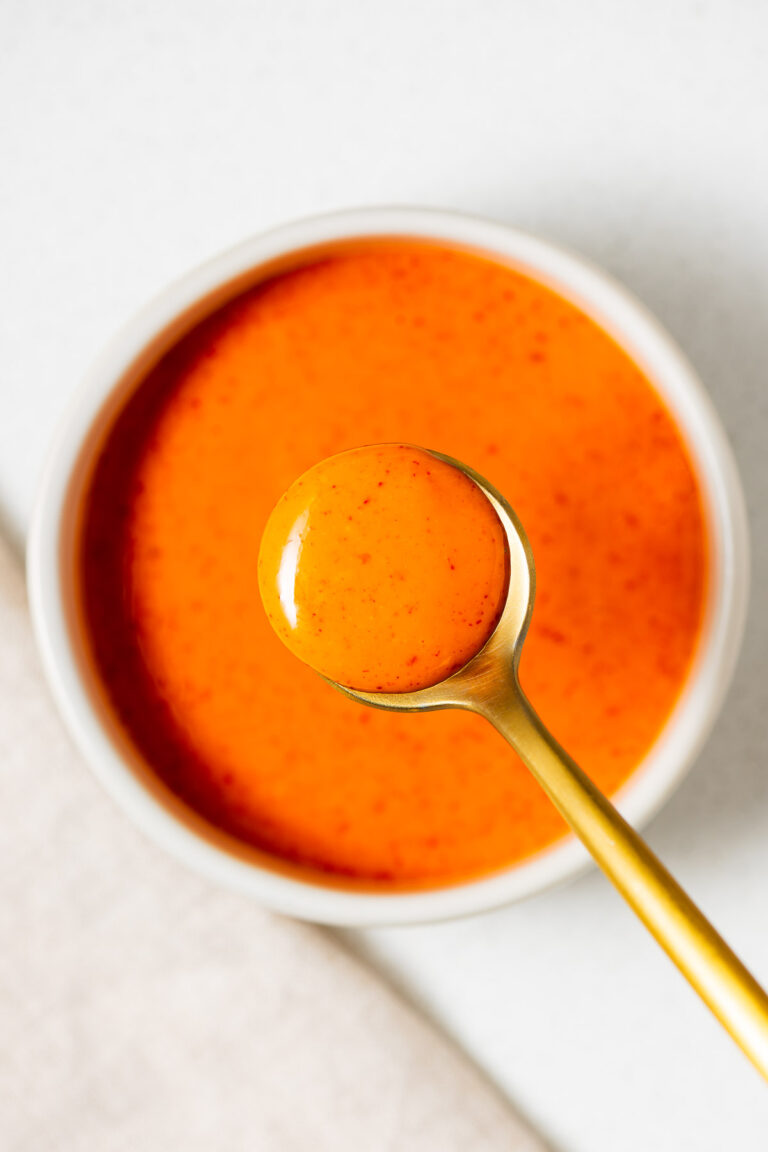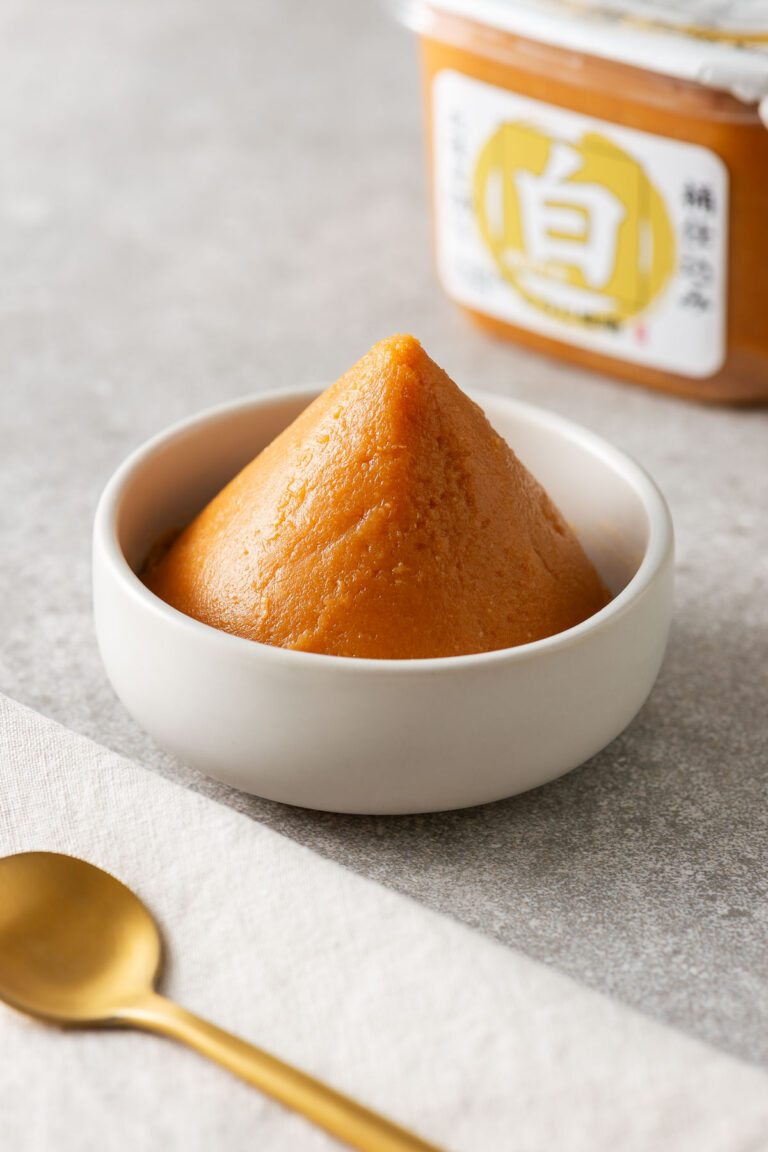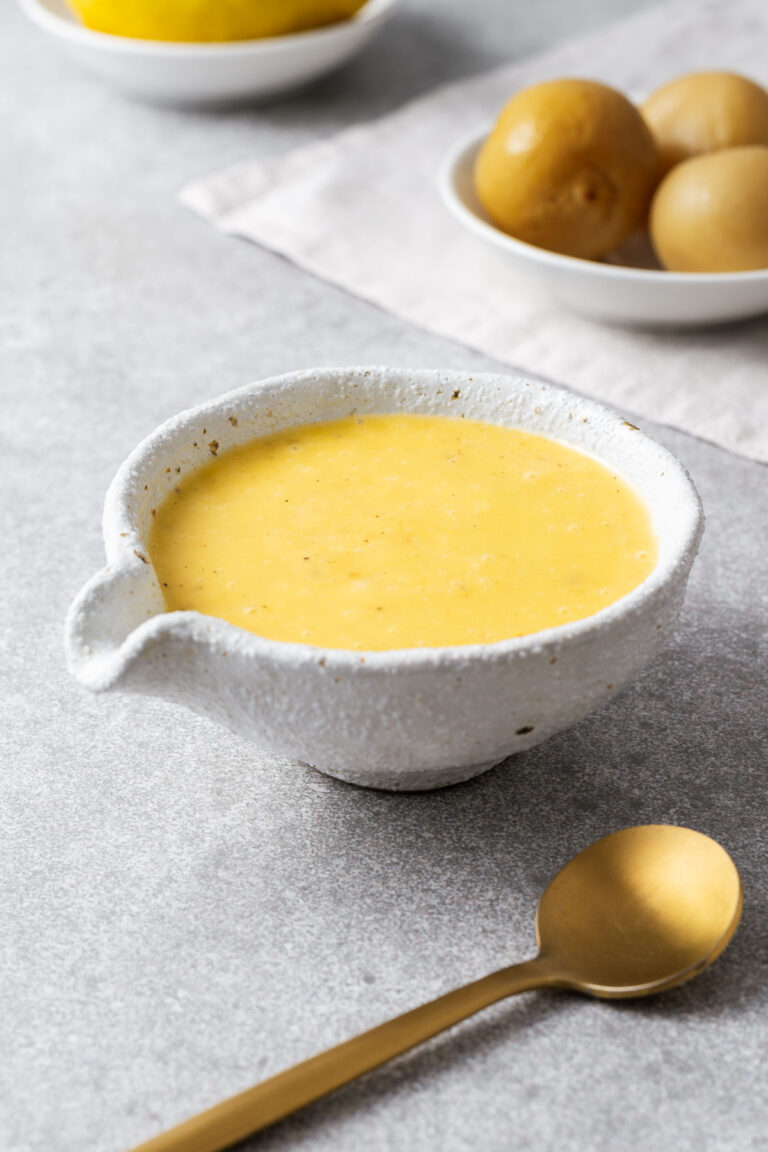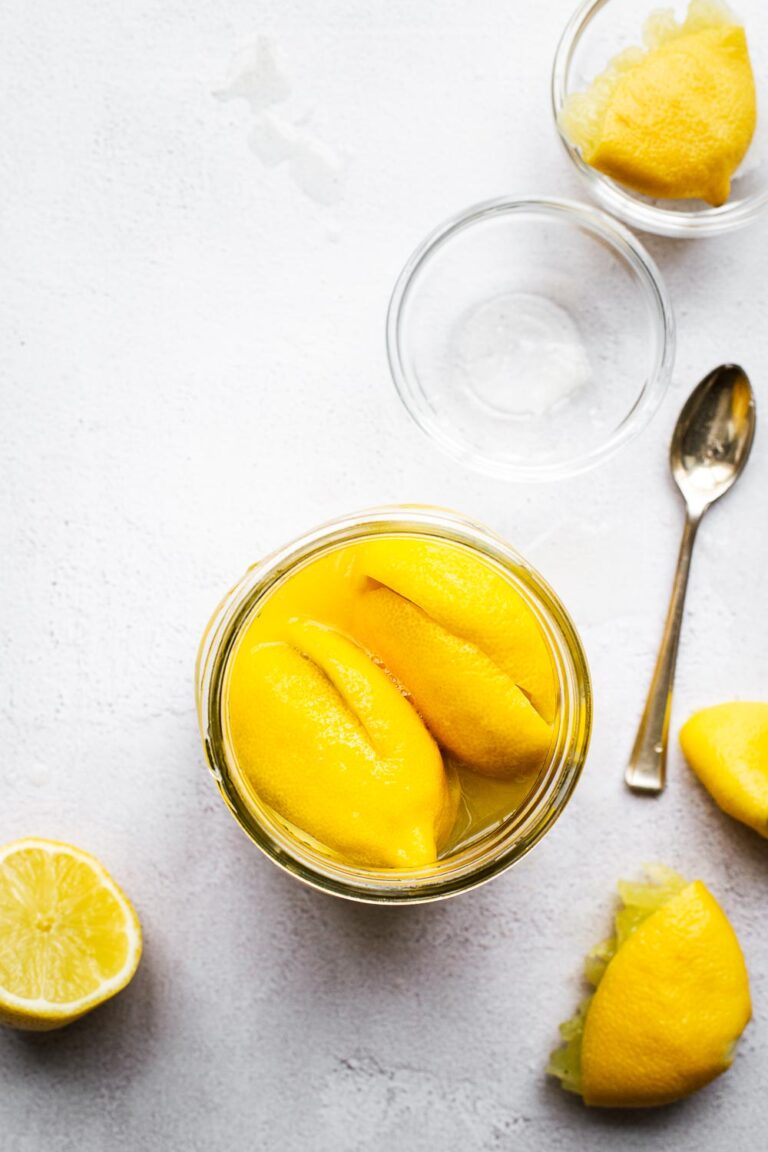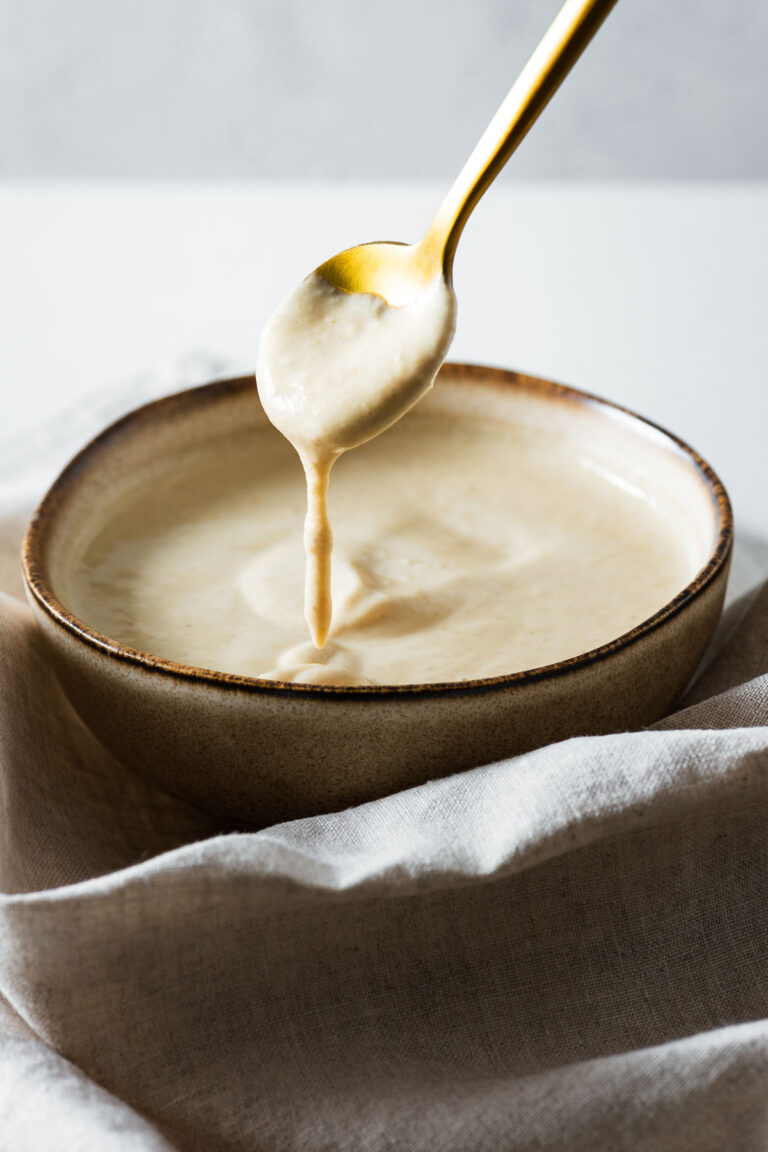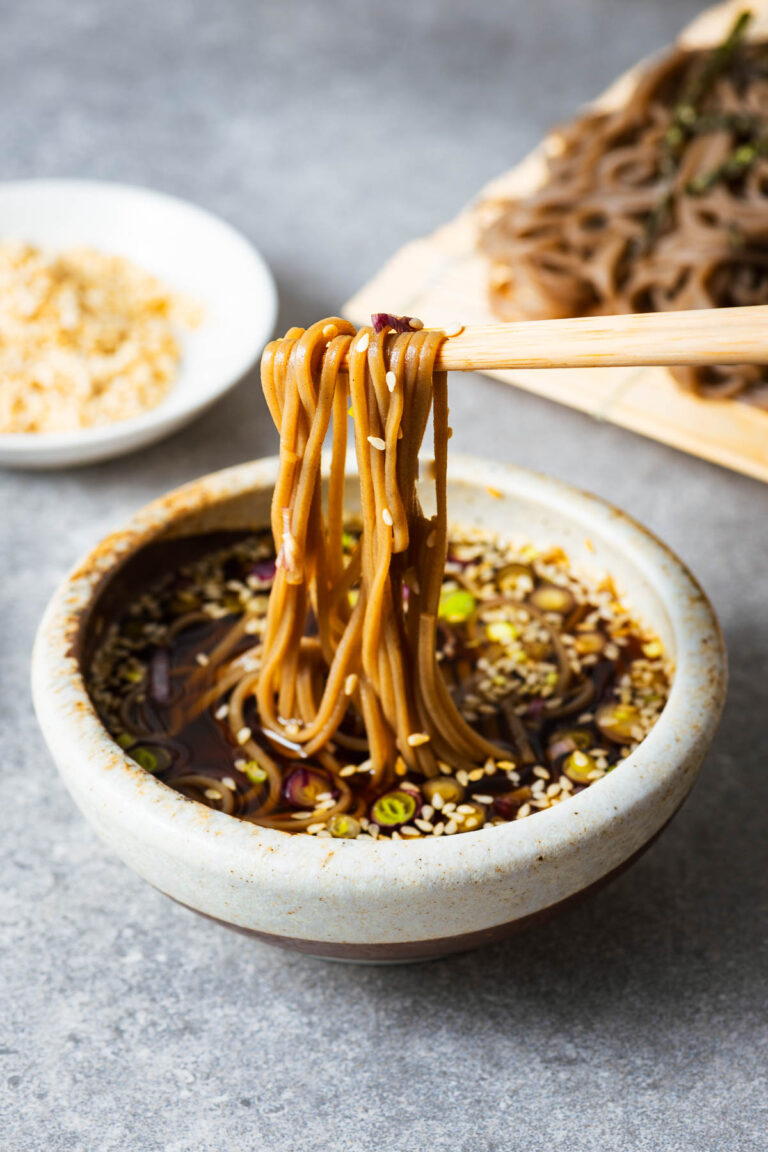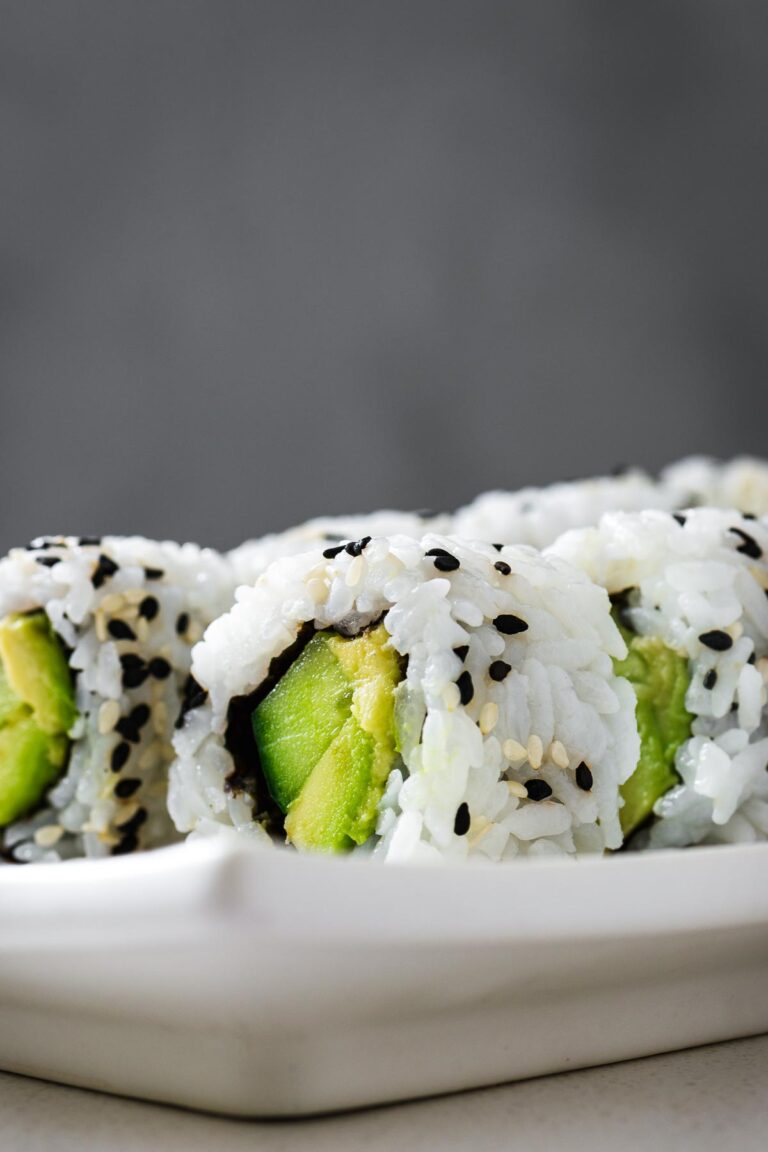Secret Ingredients
Ottolenghi calls them flavour bombs. I call them my secret ingredients, or non-secret ingredients since I can’t stop talking about them.
They add instant flavour to the simplest recipes.
Roast cauliflower rubbed with harissa butter and you have showstopper. Stir gochujang into noodles and you have dinner. Sprinkle toasted sesame seeds over anything for the easiest dinner upgrade.
Let these global flavours change your kitchen repertoire!
Find your new favourite ingredient
Do you enjoy fiery, fragrant and flavourful recipes? Give harissa paste a go. Or do you love quick and easy Asian recipes? Try gochujang. Maybe you prefer a non-spicy umami bomb? Then miso is for you!
Harissa
Harissa is a spicy and fragrant chilli paste widely used in North African and Middle Eastern cooking.
This fiery condiment is a versatile flavour enhancer for stews, soups, and couscous, doubles as a marinade for meats and vegetables, and stands alone beautifully as a dip.
You can use a store-bought harissa, but it’s easy to make harissa paste at home. You can make harissa paste:
- with roasted red peppers as the base – like this rose harissa paste recipe.
- using dried whole chilli peppers – try this easy harissa paste recipe.
- from harissa powder – try harissa paste from powder recipe.
And if you don’t have harissa, there are many suitable substitutes for harissa paste.
Gochujang
Gochujang is a spicy, sweet, and savoury Korean red pepper paste. It is available in different spice levels, so always taste as you go and adjust the spice level.
The Korean pantry staple is one of my favourite secret culinary weapons to add instant flavour to noodle and rice dishes.
You can have a bowl of gochujang noodles on the table in 15 minutes. Or try it in gochujang tofu or a simple gochujang mayo to serve with absolutely anything!
Gochujang paste is not the same as bibimbap sauce (sometimes labelled gochujang sauce). If you don’t have gochujang paste, try my homemade gochujang substitute or any other option from the list that suits your pantry.
Miso
Miso paste is ubiquitous in Japanese cuisine. And rightly so. It’s a delicious fermented soybean paste with a salty yet sweet, earthy, umami flavour.
It adds a unique flavour to many Japanese dishes. But there are so many ways to use miso in everyday cooking. Serve miso butter with baked potatoes or drizzle a simple green salad with miso tahini dressing.
I always keep a jar of miso sauce in the fridge so that I can make effortless miso-glazed eggplant at the drop of a hat.
And if you don’t have any miso paste? I researched the best miso substitutes to get you cooking right away!
Preserved lemon
Preserved lemon is a condiment of whole lemons fermented in salt and their own juices. The fermentation process softens the lemons and mellows their tartness, while the salt acts as a preservative.
Over time, the lemons develop a unique, tangy flavour and silky texture.
Common in North African and Moroccan cuisines, preserved lemons add a complex and vibrant citrus note to many traditional dishes, including stews, salads, sauces, and marinades.
It’s easy to make salt-preserved lemons at home, but you need to wait at least four weeks for the fermentation. If you don’t have the patience, try cheat’s preserved lemons or one of the easy preserved lemon alternatives.
Black lime
Black limes, or dried limes, are common across the Middle East.
Blanched and then dried in the sun, an oven or a dehydrator, these dark brown – almost black – limes deliver supercharged citrus flavour to any stew or soup.
They can be tricky to track down. But, luckily, it’s super easy to make black limes at home.
Tahini
Tahini, a smooth paste made from ground sesame seeds, is a cornerstone ingredient in many culinary traditions, particularly Middle Eastern cuisine.
Its creamy texture and nutty flavour make it incredibly versatile, lending itself to a variety of dishes, both savoury and sweet.
It makes the best falafel sauce and is an essential ingredient in hummus. But you can also add it to salad dressings and baked goods – try tahini granola.
And if you can’t find it in your local grocery store, it’s very easy to make tahini at home!
Sesame seeds
Sesame seeds may seem like a simple everyday ingredient, but it adds so much to any dish.
Toast sesame seeds (in the oven or on the stove) and sprinkle them over your favourite dishes for a deeply nutty flavour and a pleasing crunch. I always have a large jar of toasted sesame seeds ready to add to my favourite recipes.
They change the flavour of zaru soba dipping sauce, make the most amazing homemade tahini and shine in Asian salads like Korean sesame broccoli salad.








